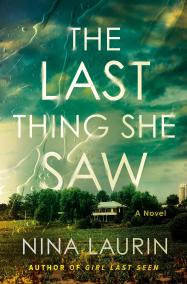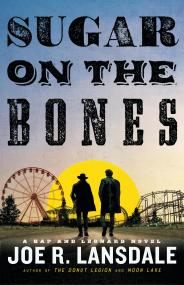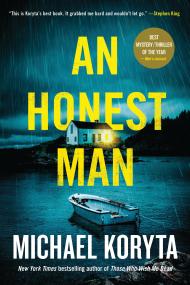The Surgeon: a Rizzoli and Isles Novel
Formats and Prices
Format
Format:
Mass MarketThis item is a preorder. Your payment method will be charged immediately, and the product is expected to ship on or around March 29, 2016. This date is subject to change due to shipping delays beyond our control.
Also available from:
ONE OF TIME‘S 100 BEST MYSTERY AND THRILLER BOOKS OF ALL TIME
He slips into homes at night and walks silently into bedrooms where women lie sleeping, about to awaken to a living nightmare. The precision of his methods suggests that he is a deranged man of medicine, prompting the Boston newspapers to dub him “The Surgeon.” Led by Detectives Thomas Moore and Jane Rizzoli, the cops must consult the victim of a nearly identical crime: Two years ago, Dr. Catherine Cordell fought back and filled an attacker before he could complete his assault. Now this new killer is re-creating, with chilling accuracy, the details of Cordell’s ordeal. With every new murder he seems to be taunting her, cutting ever closer, from her hospital to her home. And neither Moore nor Rizzoli can protect Cordell from a ruthless hunter who somehow understands–and savors–the secret fears of every woman he kills.
“[A] top-grade thriller . . . Sharp characters stitch your eye to the page. An all-nighter.”–Kirkus Reviews (starred review)
“Creepy . . . will exert a powerful grip on readers.”–Chicago Tribune
- On Sale
- Mar 29, 2016
- Page Count
- 464 pages
- Publisher
- Ballantine Books
- ISBN-13
- 9781101887424
By clicking 'Sign Up,' I acknowledge that I have read and agree to Hachette Book Group’s Privacy Policy and Terms of Use




